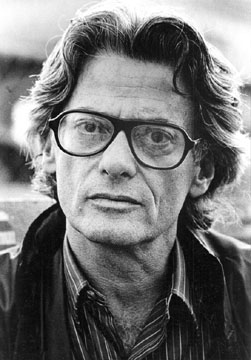the restoration of the seceded states and the integration of the freedmen into American society after the Civil War ("reconstruction")
What went well?
In 1862, Abraham Lincoln had appointed provisional military governors to re-establish governments in Southern states recaptured by the Union Army. The main condition for re-admittance was that at least 10 percent of the voting population in 1860 take an oath of allegiance to the Union. Aware that the Presidential plan omitted any provision for social or economic reconstruction— or black civil rights — the anti-slavery Congressmen in the Republican Party, known as the Radicals, criticized Lincoln's leniency. The Radicals wanted to insure that newly freed blacks were protected and given their rights as Americans. (Wormser)
What went poorly?
After Lincoln's assassination in April of 1865, President Andrew Johnson alienated Congress with his Reconstruction policy. He supported white supremacy in the South and favored pro-Union Southern political leaders who had aided the Confederacy once war had been declared.
Southerners, with Johnson's support, attempted to restore slavery in substance if not in name. In 1866, Congress and President Johnson battled for control of Reconstruction. The Congress won. Northern voters gave a smashing victory -- more than two-thirds of the seats in Congress -- to the Radical Republicans in the 1866 congressional election, enabling Congress to control Reconstruction and override any vetoes that Johnson might impose. (Wormser)
Why is it relevant today?
The issues of Reconstruction—civil rights, states' rights and federal-state relations, racism, nationalism, government aid to individuals—continue to be relevant today ("Reconstruction in the United States")
News Excerpt
This month will be remembered for the arrival of an African-American at the pinnacle of American political power when Barack Obama is sworn in as president on the Capitol's steps. But it also is the anniversary of another, less happy political milestone on Capitol Hill: the farewell of the last member of the first generation of black congressmen.
...
Between the end of the Civil War and 1901, two blacks served in the U.S. Senate and 20 in the House. All were from the South, most from the Deep South, where blacks comprised a majority, or nearly a majority, of the population (South Carolina, Mississippi, and Alabama).
By the turn of the century, White was the only one left on Capitol Hill. He was the last of the African-American congressmen of the Reconstruction era.
And after his departure in March 1901, when his term ended, it would be more than 25 years before an African-American again took a seat in the House, more than 75 years before one was elected from a Southern state. Though his prediction that blacks would again be elected to Congress came to pass, he didn't live to see it. (Guthrie)





